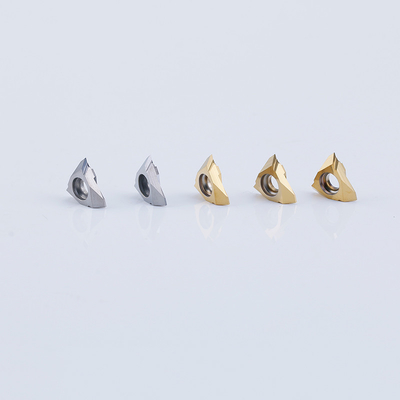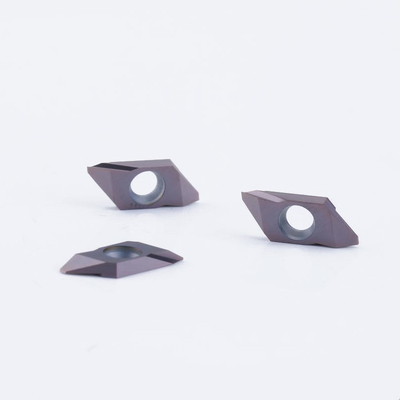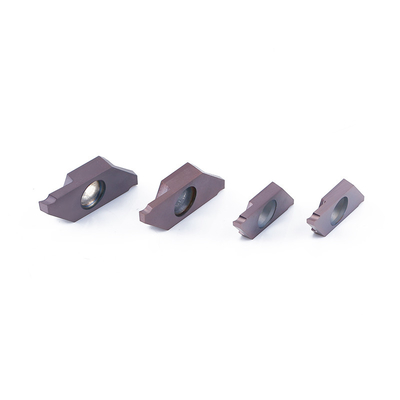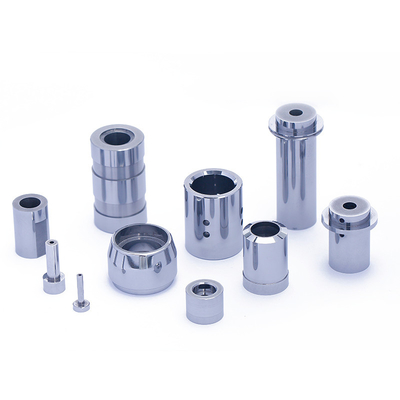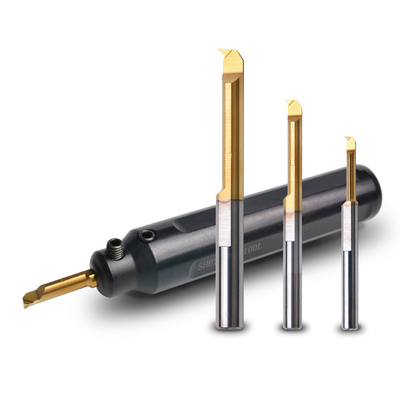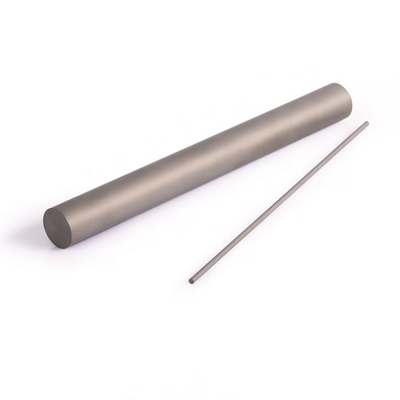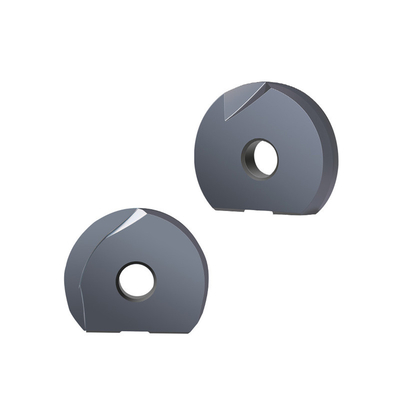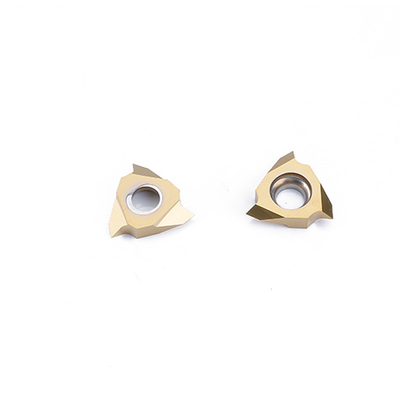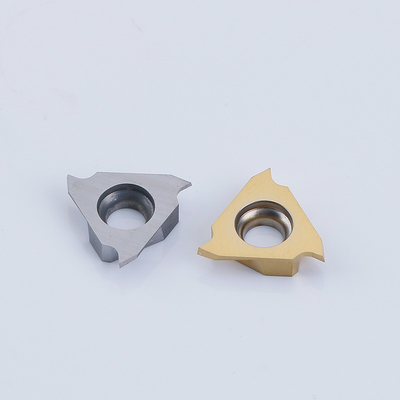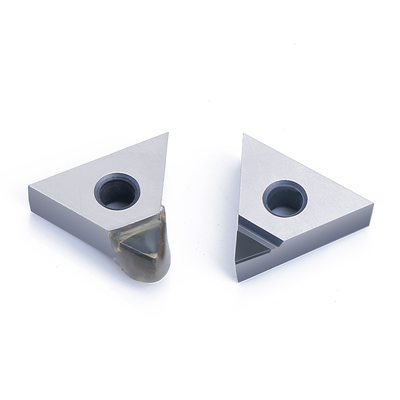5 Key Factors to Ensure Precision in Stamping Die Manufacturing
Achieving micron-level precision in stamping dies requires strict control over five critical parameters:
1. Material Selection
- Tungsten Carbide (ISO K10-K40):
With hardness up to HRA 92.5, it’s ideal for high-wear applications like electronic connector pin stamping.
- Powdered High-Speed Steel (ASP® 30):
Suitable for complex geometries, offering HRC 64-66 hardness post-heat treatment.
2. Surface Finish Optimization
- Post-EDM Polishing Process:
- Rough Polishing: #400 diamond grinding wheels (Ra 0.4μm → 0.2μm).
- Fine Polishing: Chemical-mechanical polishing (CMP) achieves Ra <0.05μm.
- Drow PG Series Dies:
Mirror polishing technology ensures consistent stamped part roughness below Ra 0.1μm.
3. Thermal Management
- Conformal Cooling Channels:
Maintain die temperature within ±2°C to minimize thermal deformation.
- Case Data:
A customer producing smartphone metal casings increased die lifespan from 500k to 820k cycles.
4. Tolerance Control
- Micro-Hole Machining:
Achieves ±0.002mm bore tolerance using 0.1mm-diameter micro-EDM electrodes.
- Drow Kinyet Sub-Brand:
PG Punch Pins guarantee straightness of 0.001mm/100mm.
5. Maintenance Protocols
- Daily Checks:
Clean residual oil with pH-neutral solvents.
- Monthly Calibration:
Verify flatness via laser interferometry (threshold: ≤0.003mm).

Internal Links:
- Case Study: `/en/stamping-die-case-study`
- Whitepaper: `/en/surface-finish-standards`
- Product Catalog: `/en/tungsten-carbide-dies`

 Your message must be between 20-3,000 characters!
Your message must be between 20-3,000 characters! Please check your E-mail!
Please check your E-mail!  Your message must be between 20-3,000 characters!
Your message must be between 20-3,000 characters! Please check your E-mail!
Please check your E-mail! 
